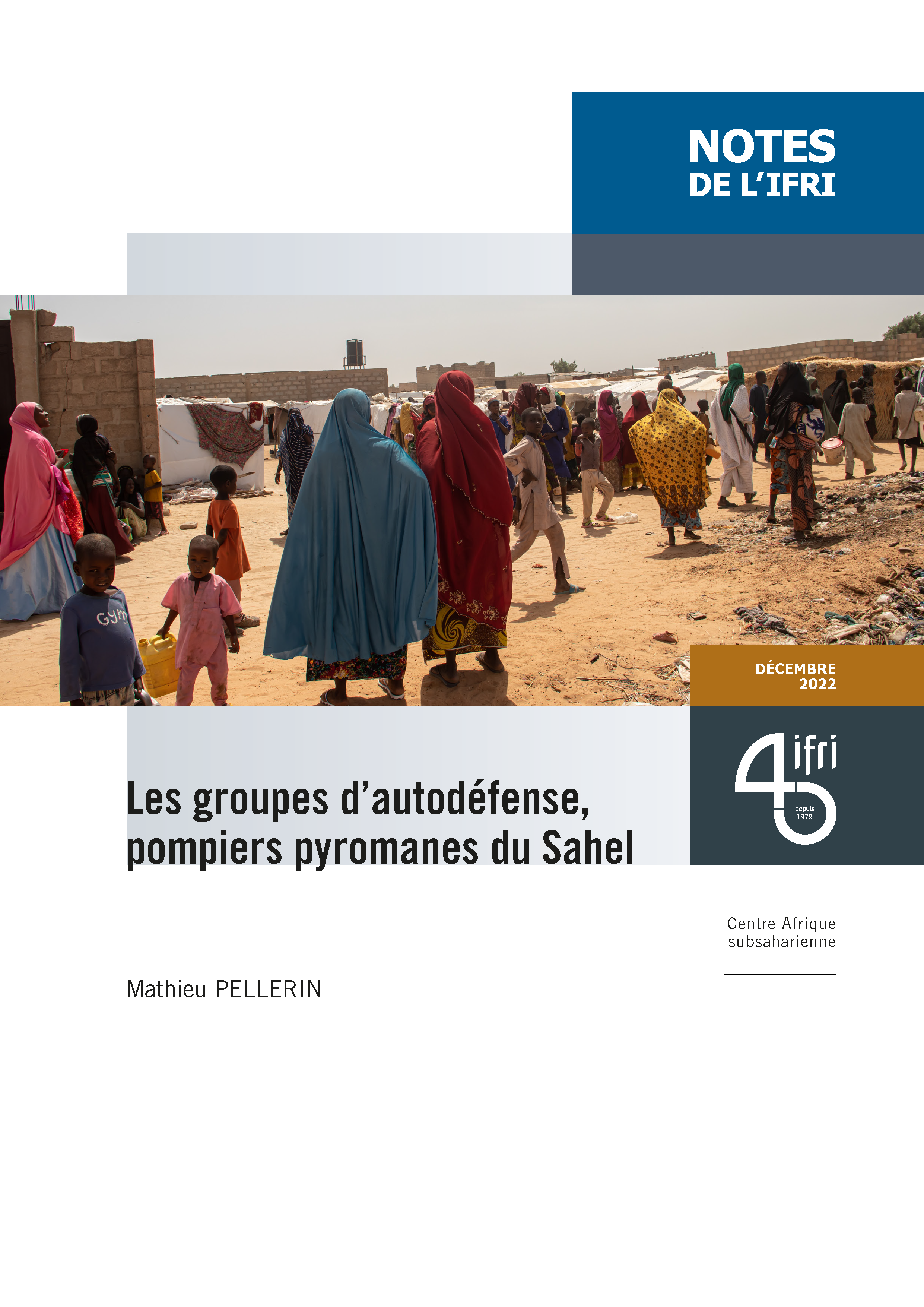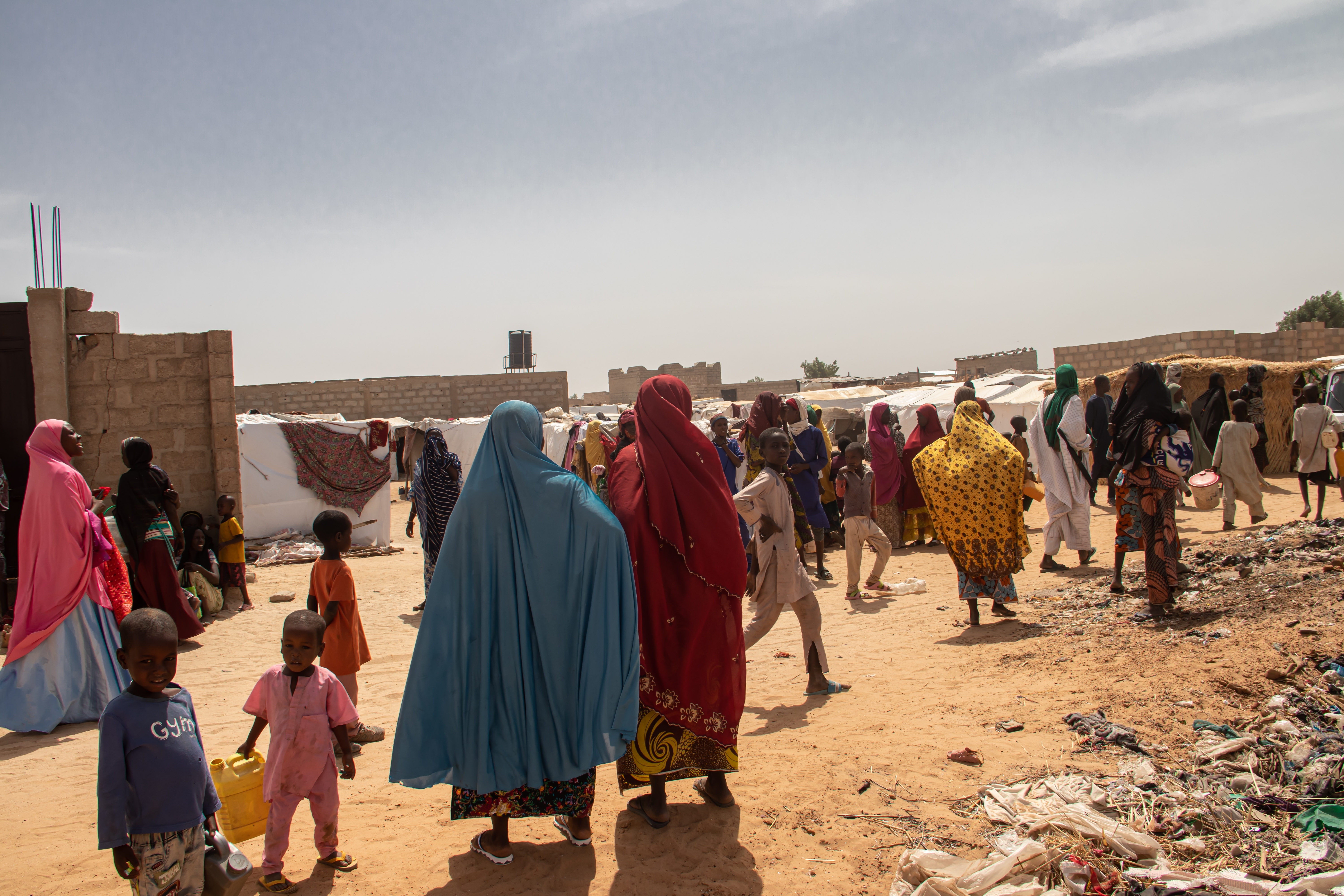Self-defense Groups, the Pyromaniac Firefighters of Sahel

Since 2012, the proliferation of jihadist groups across the Sahel has monopolized the attention of the authorities.forced by the threats they represent and the weakening of their regal power, states are gradually withdrawing from their peripheral rural territories. As a result, populations have organized themselves to become local security providers.

While community self-defense entities are not a new phenomenon in the Sahel, the emergence of armed jihadism has brought together the interests of these groups, which are objectively threatened by jihadists, with those of states that have limitations in their counterterrorism operations. The latter are therefore tempted to subcontract these regalian security missions to actors operating in the same areas as the jihadists. This outsourcing dynamic, which can be observed in all Sahelian jihadist insurgency zones, could be part of a security co-production logic.
However, this hybrid production is not necessarily accompanied by a formal, legal and coordinated framework: the armed involvement of self-defense groups in insurgency wars also makes them aggravating factors of insecurity. Between the exacerbation of community-based violence and the erosion of state authority, these self-defense entities are giving rise to alternative forms of armed governance. These Sahelian examples invite us to question the Weberian model of the state as well as the modalities of local governance, where state, customary and jihadist systems meet.
This content is available in French : Les groupes d’autodéfense, pompiers pyromanes du Sahel.






